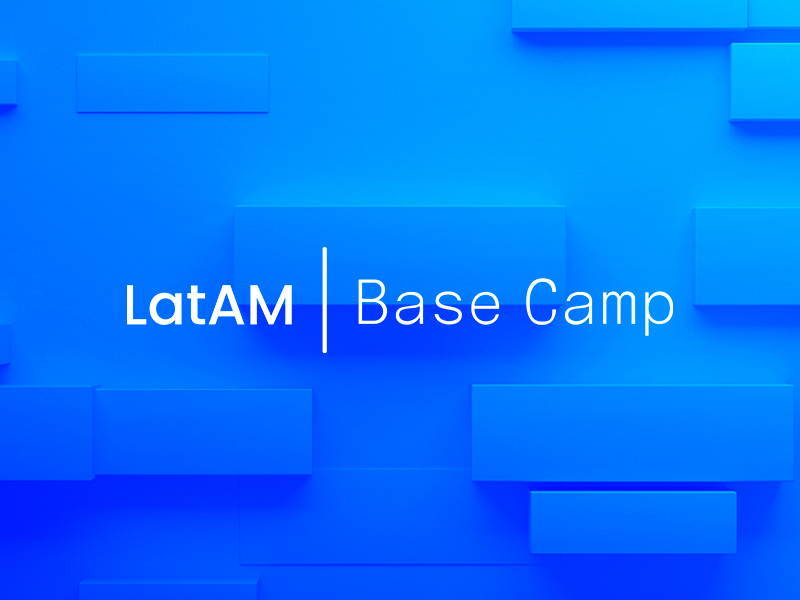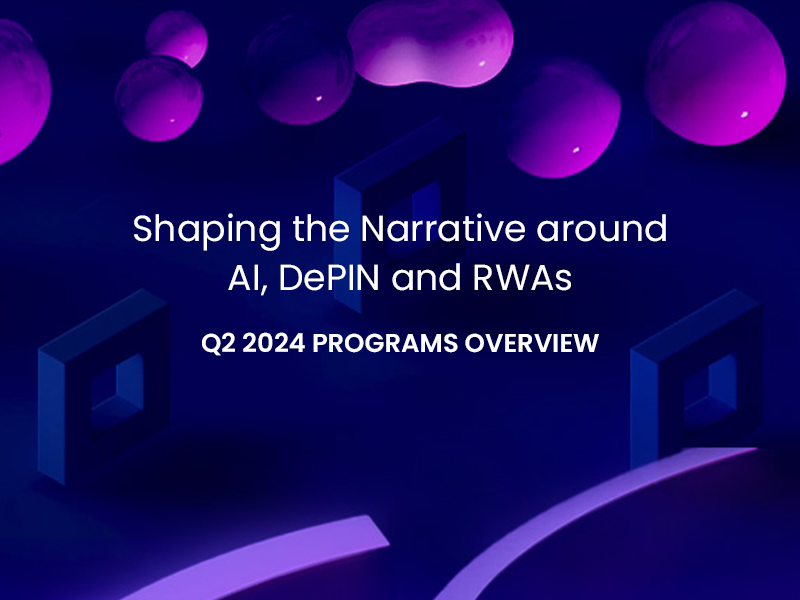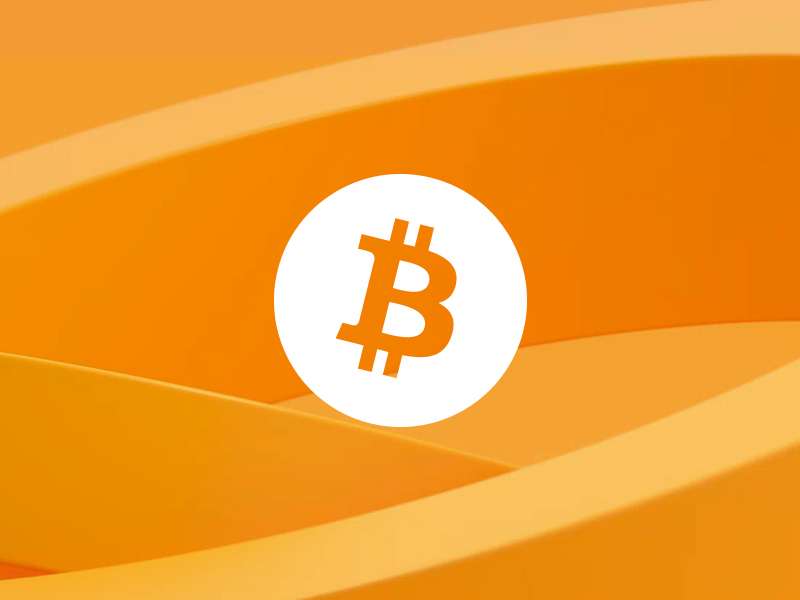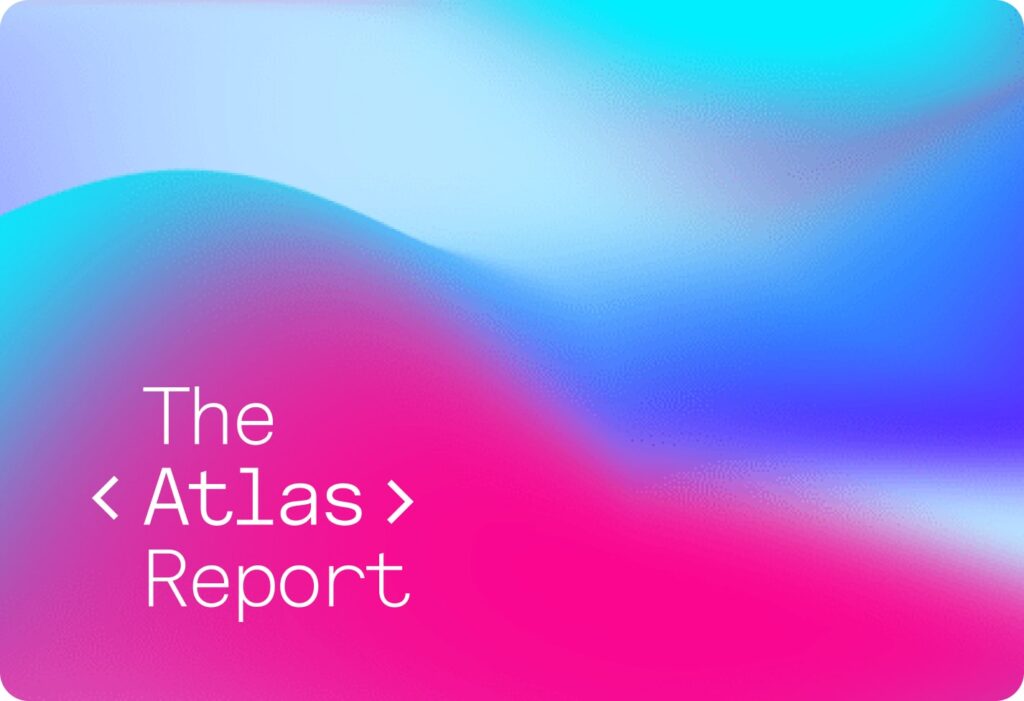At Outlier Ventures, we’ve observed a healthy development in a few decentralized social networks with the beginning of genuine user traction on both Farcaster and Lens Protocol. Crypto is becoming more and more pragmatic and efficient when it comes to products aimed at the mass market. Historically, dealing with private keys and a lack of mobile-first experience have prevented people from jumping on the wagon.
In this article, we deep-dive into the main contenders, their individual functionalities, their architectures, and the opportunities for Web3 founders keen to build on the new permissionless social graph protocols.
Social Networks
After more than a decade of using Instagram, Facebook, Twitter and other platforms, everyone knows how social networks work. The concept pivots around the user, who provides the system with their preferences by filling out a profile and selecting the accounts they like to follow. In exchange, the user gets a custom feed generated in real time.
Empires have been built around this simple concept, where the end goal is to get the user’s attention and keep them as long as possible in the social network’s walled garden. The value is in the user’s data, and they in turn become the product of the business.
Decentralized social networks want to break these silos, enable portable user identities, give users more control over their preferences/privacy and an easier onboarding process when swapping from one platform to another.
In the same way that cryptocurrency brought permissionless transactions to anyone, anywhere in the world, DeSo (Decentralized Social) brings permissionless communication and uncensorable broadcast functionality.
However, what’s truly moving the needle is the fact that DeSo is also permissionless for builders, allowing developers to develop a new parading on top of the existing protocol without asking any gatekeeper for permission to innovate. What made the “DeFi Lego” paradigm successful could be repeated here.
Before we had Web3-based DeSo , the only other significant attempt at decentralized social was Mastodon. After Elon Musk bought Twitter, Mastodon looked set to take advantage, but ultimately its usability issues and fragmented experience resulted in its growth capping out at 1M daily active users.
Today, Farcaster, Lens and others are trying a different approach built on the shoulders of the Web3 primitives, bringing something new to the table.
SocialFi
SocialFi adds the Web3 primitive to the decentralized finance on top of a social graph network. The actors involved are content creators, influencers and end-users who want better control of their data, freedom of speech and the ability to monetize their social media following and engagement.
The monetization is based on cryptocurrencies, while identity management is handled by a mix of private keys. Most of them are signalling they could leverage a decentralized autonomous organisation (DAO) to be censorship resistant. But the jury is still out.
Let’s have a look at the main differentiators from the other social networks:
- Token gated areas: Only the token holders of the creator can access certain features or areas
- Tipping: People can receive tips in crypto currencies. Either platform tokens or others tokens
- One off or recurrent subscriptions: Crypto payments for digital goods or services are within the platform.
- Platform incentives: users and creators can be incentivized by the platform token based on their engagement.
While these concepts have been around for a long time, they didn’t garner sufficient attention from the market until Friend Tech found momentum with token-gated chats. Users need tokens called ‘keys’ that can be traded giving users exposure to the content creator’s growing popularity.
At its peak, Friend Tech had 800k unique users but then the retention crashed.
While bonding curves excel at driving adoption by creating a sense of urgency and FOMO, they fall short when it comes to retaining users in the long run. To truly keep people engaged, you need two key ingredients: a network effect that amplifies the value of the platform as more users join, and an evident long-term utility that provides tangible benefits beyond just short-term gains.
Web3 Social Graph
The social graph represents relations between entities like people, organisations, places and anything else that can be linked to one another. Web2 counterparts like Facebook, Twitter, Instagram, and TikTok have compounded significant network effects, particularly when it comes to preventing participants from joining other Socials because they would restart from scratch.
Lens, Farcaster and others started from this friction point to create a differentiator, and they started to develop actual open graphs with multiple frontends leveraging the same data delivering a different user experience.
However, Facebook generates 4 Petabytes of data per day. Every minute, 510K comments are posted, 293K statuses are updated, 4M posts are liked, and 136K photos are uploaded. These types of volumes can’t be handled by any blockchain existing today. It likely won’t ever be doable, because blockchains optimise for a different type of use case: permissionless exchange of value.
For instance, double spending, a typical financial blockchain risk, is irrelevant in a decentralized social network that handles usernames, content distribution, and notifications. Different assumptions allowed for a different set of trade-offs shouldto be considered by Lens and Farcaster teams.
Lens
The Lens protocol is a composable social graph founded by Stani Kulechov, also founder and CEO of Aave. The protocol is meant to be community driven and it’s currently deployed on Polygon.
Lens is built around a few key smart contracts that handle all the aspects of the social. Let’s have a look at the more important ones
Profiles are represented as NFTs,the main object in the protocol. If you own one of the NFTs, you control the social graph and the content. The profile contains the history of all the posts, quotes, mirrors, comments and anything else the user generates.
Publications represent the content of the protocol. They have four types: posts, comments, quotes and mirrors. Posts are the base object where the others are extensions of the base entity. Most importantly each publication has a ContentURI. Basically, everything is pinned on-chain except the content (e.g. images, text, etc) that are linked to decentralized storage solutions such as IPFS or Arweave or even AWS S3.
Mirrors, Comments and Quotes allow the users to interact with publications by commenting, quoting or amplifying the content. All of the references to the original publication module hence follow the same rules (e.g. Only followers can quote/comment/mirror).
Open Actions provide a way for developers to build custom functionalities directly embedded in the protocol. You can see them as hooks triggered by the protocol every time something happens (E.g. @alice can see @bob has tipped her so she can have an indexer to track the revenues)
For everything else, you can jump directly into the official documentation
From the beginning, the Lens team focused on the protocol and gavethe community the responsibility for building out the frontend, which created a multitude of different UI each of them with its flavours.
The outcome of this has been a vibrant ecosystem with some vibes of the chaotic bazaar where many of the projects start and then quickly die. Nevertheless, we start to see some consolidation with projects like buttrfly, hey.xyz, and orb getting some attention.
After running Lens v1 for a while, Lens came up with Momoka, an Optimistic L3 that moves beyond the chain blockspace. Instead of directly storing data on Polygon, they leverage a Data availability (DA) layer, reducing cost by simply uploading the data into Arweave.
Farcaster
Farcaster is another Web3 social network built on Ethereum that leverages a mix of smart contract on-chain and a peer-to-peer network based on a client called “Hub”.
Similarly to Lens, the protocol is open, and this has translated to a number of different clients built on top of it. The most popular is Warpcast, built by the Farcaster team itself, but there is also Supercast (with paid features) and Yup focused on cross posting.
In 2022 a blog post by Varun Srinivasan about “Sufficiently decentralized” came out with a few ideas that since then have been central to Farcaster architecture and approach.
The main idea is that a social network is sufficiently decentralized if “two users can find each other and communicate, even if the rest of the network wants to prevent it”.
To achieve this it’s required to:
- Claim a unique username
- Post messages under that username
- Read messages from any valid name.
Farcaster implemented its architecture with a set of core smart contracts deployed on Optimism:
- The IdRegistry creates new accounts and allows users to transfer and recover Farcaster accounts. It’s integrated with ENS as well making the username claimable to the legit owners.
- Storage Registry rents storage to accounts. The storage price is set in USD and converted to ETH using an Oracle. Price is subject to demand and supply.
- Key Registry issues app keys from the accounts so that they can publish messages on their behalf.
As you can see, none of the above send or receive messages; this responsibility is delegated to the Hubs. Hubs are a distributed network made by instances of Hubble, a node built with Typescript and Rust.
Each node is responsible for validation, storage, replication of the messages and score of itsit’s peers.
The validation happens at the message level by verifying there is a valid signature from one of the user account keys.
Once the message is valid it is stored in the hub with an async process that leverages a CRDTs (Conflict-free replicated data type) approach.
Replication is achieved by using a diff sync and a gossip protocol based on the popular libp2p library. The hub picks a random peer periodically to perform a diff sync comparing the Merkle tries of the message hashes to find dropped messages.
In the end, Hubs have a strong eventual consistency architecture because even if they go offline they can rebuild the state using their peers.
As you can imagine, peers are crucial to maintaining the state of the protocol, and for this reason they score each other. If someone doesn’t accept valid messages, falls behind, or gossips too much, they may be ignored.
Permissionless
Out of these protocols and principles we are seeing new primitives coming out. Among others, Frames by Farcaster is getting quite a bit of attention.
A Frame makes it possible to inject a custom experience into the Farcaster feed. It extends the Open Graph standard and turns static images into an interactive experience by adding up to 4 buttons. When the user presses the button, they get back a new image based on the button click and the metadata of the user sent to the server that generated the frame.
Out of this, we started to see many experiments to create pools, carousels, digital collectables and little games deployed through the frames.
It’s possible to create Frames with any application server capable of returning html content, but we already saw an abundance of frameworks such as https://framesjs.org/, https://frog.fm/ and others helping the developers streamline the process.
After a successful launch on Farcaster, Frames are now being considered by Lens as well, which shows how having common standards can be a powerful enabler.
Conclusion
Decentralized social networks still face significant challenges before they can fully succeed, including scaling their infrastructure to accommodate more users, streamlining the process for new users to create digital wallets during onboarding, and abstract away the gas fees as much as possible.
Despite these challenges, we saw substantial progress in the overall user experience and the start of a sticky community around Farcaster (e.g., ~50K Daily Active Users and 350K signups). One of the significant contributors to these numbers has been the availability of a mobile app that is easy to install with a UX similar to traditional social networks.
Another key aspect is the permissionless nature of the protocols (e.g., Farcaster, Lens, etc.), which provides a fertile ground for developers to innovate and build on top of existing blocks and functionalities.
Similar to the DeFi Summer, we’re witnessing a dynamic environment of experiments (e.g. yup.io, a Decentralized Social Networks aggregator, or drakula.app, a short video platform, or https://neynar.com/ a SaaS tool to build on Farcaster) that have sprung up on these protocols.
Founders could start to have a native Web3 distribution channel for their projects where people can start their journey and expand from their initial interests to other applications embedded directly into their feeds (e.g., via frames) or linked. At the same time, applications onboarding new users could serve as a distribution channel back to the rest of the decentralized social network, starting a positive feedback loop.
If you are thinking of building or are already building on any decentralized social network, reach out to me on Farcaster or Twitter. We are interested in working with founders building the future of DeSo and would love to have a chat about how we can work together.



